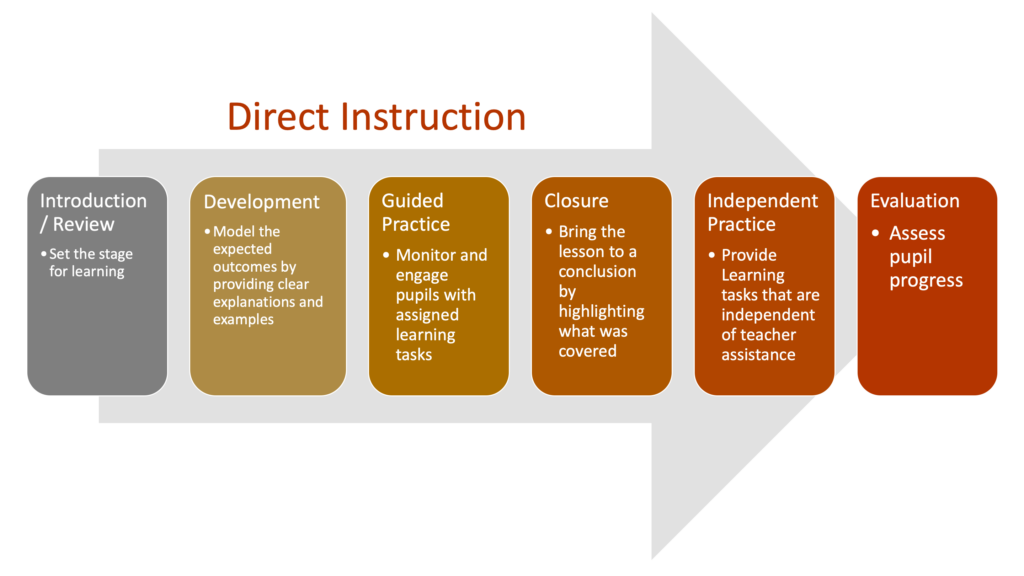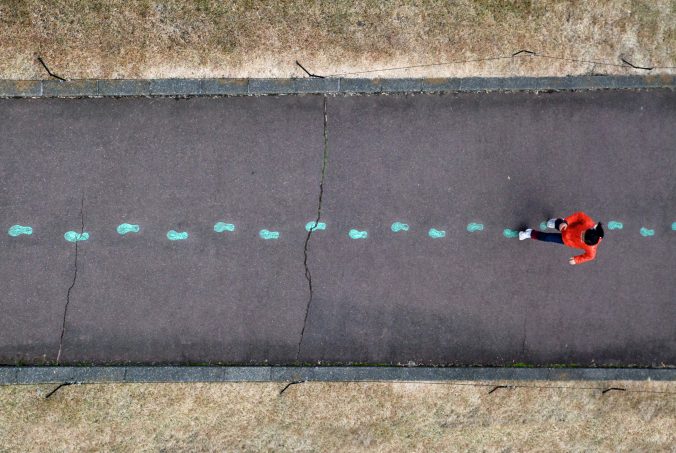Learning Pod: #5
Peers’ Names: Jinyi Guo, Spider, Lawrence, Wanyue Mo
Interactive Learning Resource Topic: Inflation
https://docs.google.com/document/d/16zRc75n54Du99FkHNrueM9c02rlPpNZVZb-atsbWvG0/edit
Identify components of the Interactive Learning Resource that might be missing (e.g., appropriate outcomes, alignment, interactivity, inclusivity, technology use and rationale, presentation, grammar, spelling, citations, etc.).
| This group follows the sequence in the requirements to construct the lesson plan, so the program is clear and organized as a whole. I can easily and quickly find the part I’m looking for. And many diverse teaching methods are used in this design which is very appealing to me and believing it will stimulate learners’ interest very well. But some points are missing and you can consider adding them if you agree: >> Definition and Causes theory of inflation. In the overview, you just simply the background in general. But for beginners, it is better to clarify the meaning of inflation, the body, and the causes(the relationship between supplier, consumer, and the government in the market) in the following part. I think it is the most basic knowledge the learner should learn. >> Specific questions on Activity. In this part, you are not only to show your plan of teaching but need to list the specific questions/tools to support it. For example, after watching a video on inflation, you ask learners to answer the short answer questions. In that case, you should post the link to the video there to let us know which video is it. Just be specific about the Activity you design! |
Provide a summary of The Interactive Learning Resource’s strengths and weaknesses. Draw out specific examples from your peers’ work to justify your feedback.
| Strengths: 1. The format is very diverse to meet the needs of different groups, mainly in the form of teaching and testing(e.g., short answer questions, essays, and multiple choice questions). It is possible to test whether the learner has digested the teaching knowledge in all aspects. 2. Activity assessment design is very detailed, the weighting of each exercise in the total score is divided so that learners can organize their study plan more rationally.3. Designed with many interactive learning methods. For example, by setting up scenarios, students can better deepen their understanding and memory of inflation while answering questions. That’s a very interesting method! Weaknesses: In many parts, there are not many specific plans for the learning design. In the project, you need to write down the detailed questions you provide to students to answer. |
Provide general, specific, and practical recommendations to your peers on how to improve their Interactive Learning Resource.
| You guys really did a great job on the Interactive Learning Resource and I enjoy learning it! But if you can pay attention to some small details would be better. 1. A very detailed point of knowledge that I think you need to add to it. Regarding the impact of inflation, you need to distinguish between long-term and short-term, because the difference between the two is significant. 2. Brief commentary and a few of its points have the same symbols. You might want to consider changing it, it will look a little neater. 3. It is too general in the rationale for the learning design, clarifying it in more detail helps the learner study better. 4. I think it is not reasonable for people who do not have access to computers at home to use their phones to write a 1500-words essay, Can you provide them with a better solution? |



Recent Comments